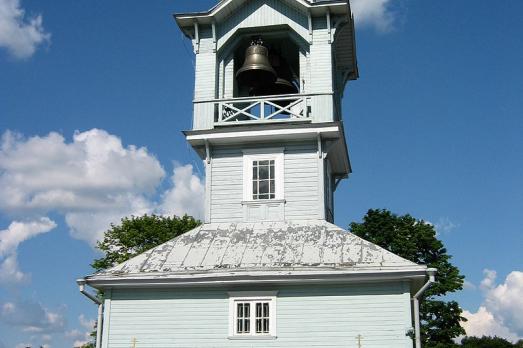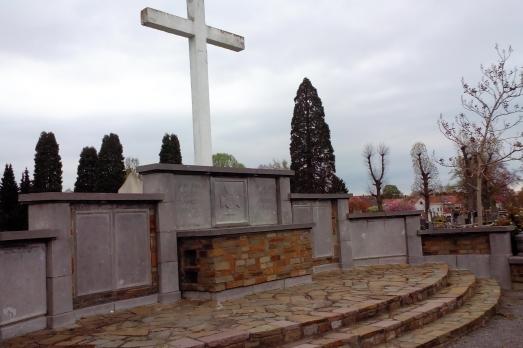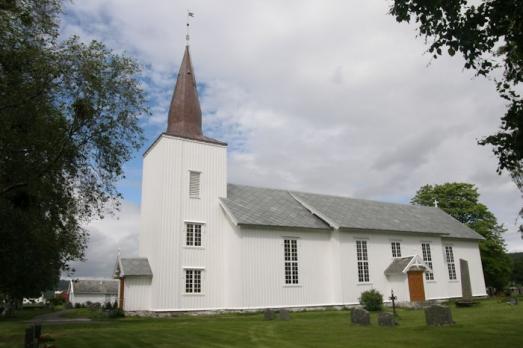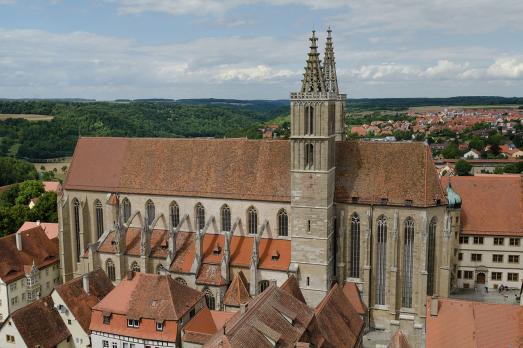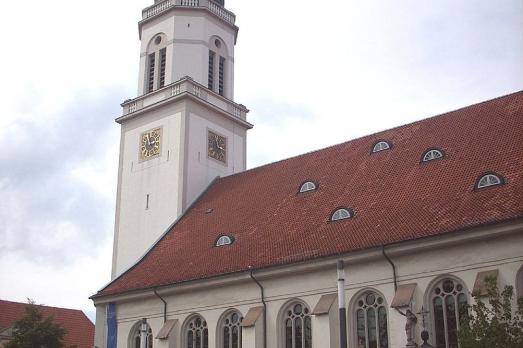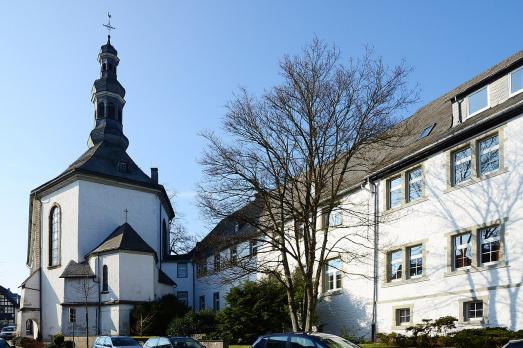
St.-Nikolai-Kirche
Brilon, DE
The Nikolai Church was built between 1772 and 1782 on a former medieval church that had become too small. The church could be used for services from 1782 onwards, but the interior work continued until 1798. Although the church did not belong to the adjacent monastery and was not owned by the minorities, the Hessian Landgrave's ministry ordered the closure of the monastery and the church as part of the secularisation process on 11 October 1803. It was not until 1968 that the church became the property of the parish. Between 1976 and 1979, the church was completely restored.
